John Hurrell – 6 September, 2017
Both kinds of wall relief are intriguing: two quite separate, clearly contrasting sensibilities. One vaguely holisitic in composition; the other more intricate and fiddly. One alluding to nature; the other cognisant of culture. Yet this is a slight over-simplification.
In the downstairs Two Rooms space, two very different sorts of work are presented by Julia Morison, made fifteen years apart. We see From the Book of Shadows, the larger, older, relief, sponge sculptures positioned on the two parallel longest walls, and Things, the more recent steel and mixed media works aligned on a central dividing axis that incorporates the gallery’s three columns and two shorter walls.
Both are intriguing: two quite separate, clearly contrasting sensibilities. One vaguely holisitic in composition; the other more intricate and fiddly. One alluding to nature; the other cognisant of culture. Yet this is a slight over-simplification.
With the synthetic and natural sponge works, stained as they are with grey acrylic paint and textured, the From the Book of Shadows reliefs look like dense concrete—even though in fact they are light and bouncy. The four Quarto paintings, wide hefty rectangles, appear to be framed cement slabs that have been chipped way in their corners. (They also double as streaky lightly-overcast skies with craggy peaks intervening.) Optically wondrous and witty though these are, more interesting I think are the Cipher works where pockmarked bricklike forms are sprouting single oval egg shapes that are airier in texture. These are highly suggestive of natural forms like paper-wasp nests, pieces of pumice, netlike dried root systems or tumbleweeds.
Others like Why & What emphasise geometric shape and look like flat letters rendered in concrete blocks—accentuating profile. Others still are pitted bricks with ratlike tails that humorously descend towards the floor or loop upwards to a companion block. There is a surprising amount of subtle variation in Morison‘s manipulation of paint that is coordinated with the sponge’s porousness, and her contrasting of synthetic with seabed varieties.
With the darker steel works from Things, Morison again delights in exploiting profiles, using Gondolalike silhouettes that seem to join up horizontally inside the vertical columns. This is achieved by a work positioned on each side in careful alignment, so obviously different pairing combinations are possible.
These strange rust-coloured waka forms have unexpected elements like hanging scales (with small model elephants), onion bags, bells, funnels, ladder-like towers, satellite tracking aerials, milking suction teats, glass spheres on cushions, and whisker-like clusters of crinkled wire. Mythological and art historical references abound, extending from the Head of the Medusa to Picasso’s bicycle-seat Bull’s Head. New Zealand artists like Pauline Rhodes and Don Driver are also alluded to. A sort of Steampunk surrealism pervades, with a Janus-faced anthropomorphism.
It is nice to see the architectural properties of the gallery exploited in this way, to suggest parts of hard metallic sculptures that are unseen. They are a curious foil to the Book of Shadows contributions on the outer walls, where the eye cannot confirm what is paradoxically substantiated by a furtive finger.
John Hurrell
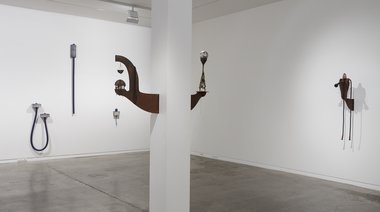
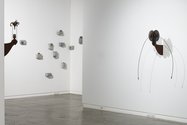

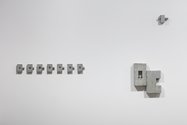

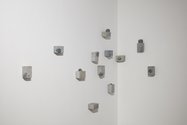
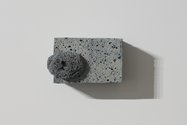
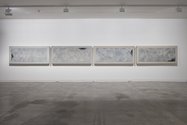
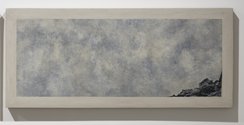

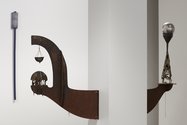
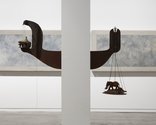
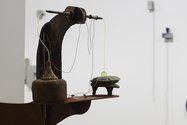
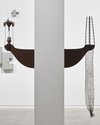
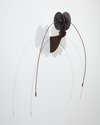

 Two Rooms presents a program of residencies and projects
Two Rooms presents a program of residencies and projects Advertising in this column
Advertising in this column



This Discussion has 0 comments.
Comment
Participate
Register to Participate.
Sign in
Sign in to an existing account.